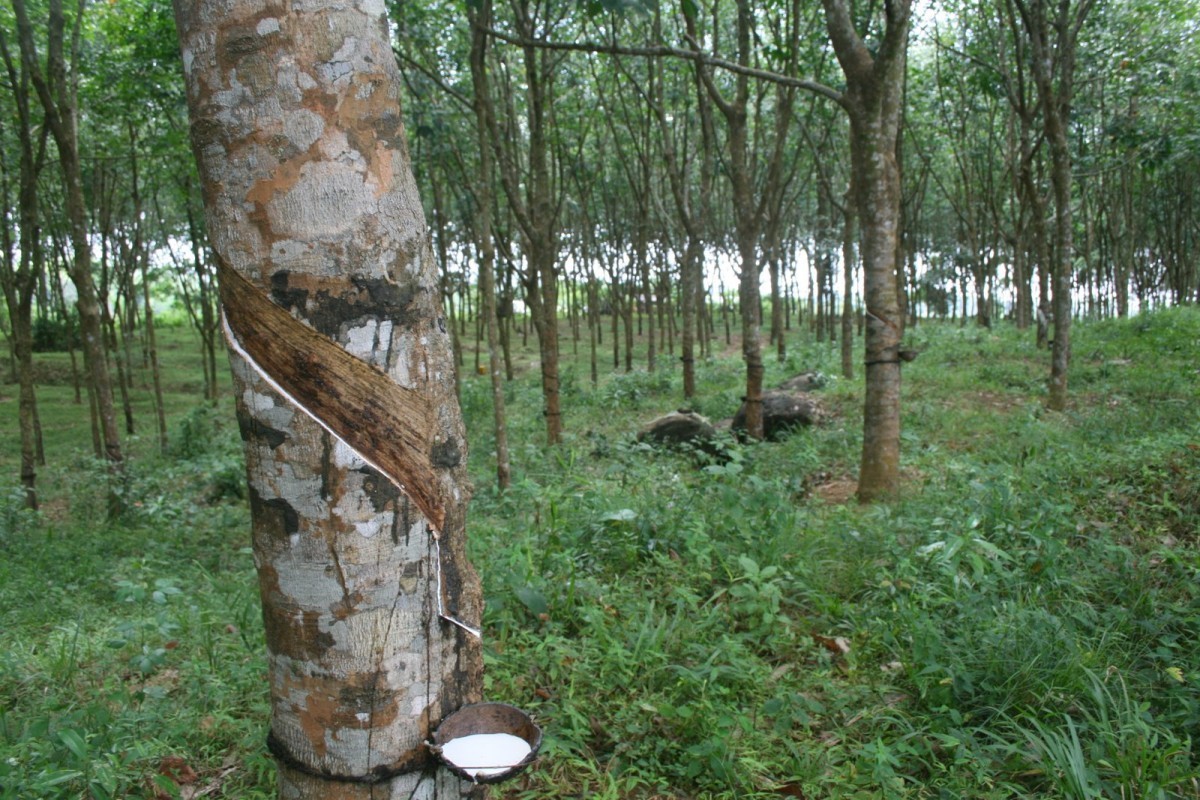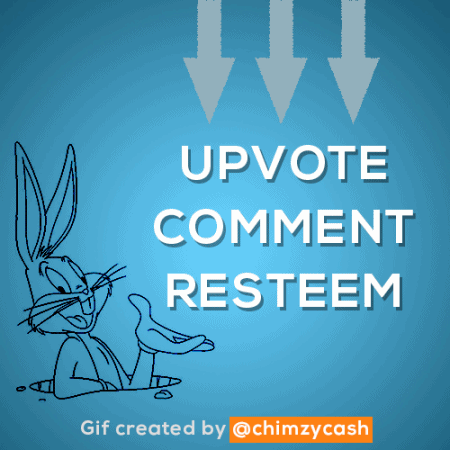RUBBER PRODUCTION IN NIGERIA AND ITS CONTRAINTS BY SMALLHOLDER FARMERS – PART ONE

Hello wonderful steemians, it’s another bright and beautiful day here again, hope our yesterday was great and we are having a fantastic week. Today, I’m bringing to the community another awesome educational content. It is writeup that the community will love and appreciate. Everyone most especially those in the Nigerian universities. I am posting this to serve as a research content/material for those in School of Agriculture and Agricultural related departments. So I will like everyone to sit back and relax we something cool today.
If you missed out my previous educational post on soil degradation, you can find the post here
In this part, we will focus on the Overview of Rubber and history of agriculture in Nigeria.
BRIEF OVERVIEW
Natural rubber (Hevea brasiliensis), most commonly the rubber tree, is a tree belonging to the family euphorbiaceae. It is the most economically important member of the genus Hevea. (Wikipedia. Org). Natural rubber (Hevea brasiliensis) which is traditionally native to the Amazon jungle of South America was introduced to Nigeria from England around 1895, with the first rubber estate established in Sapele in the present day Delta State in 1903, (Giroh et al, 2004). By 1925, there were already thousands of hectares of rubber estate that were predominantly owned by Europeans in Southern Nigeria. Nigeria has a vast potential for rubber production especially in many of the Southern States in the country where the vegetative and climatic conditions are suitable for its production. Aigbokaen et al (2000), noted that rubber can be grown extensively in Edo, Delta, Ogun, Ondo, Abia, Anambra, Cross River, Akwa Ibom, Imo, Ebonyi, and River States where the annual rainfall range between 1800mm and 2000mm per annum. The most important part of the rubber tree is the bark, which contains the latex-producing tissue (Delobarre and Serier, 2000). According to Kochhar (1986) nearly 52,000 more different products are made directly from rubber. The primary and major products of rubber latex (the milky, juice obtained from the rubber tree) is very useful as it contains about 25-45% rubber by weight and can be processed into secondary products such as crepe rubber, crumb rubber and sheet rubber for onward processing into finished goods. Apart from Latex, the rubber tree produces seeds and wood which are also of economic value to the farmers. The rubber seeds when processed produce oil alkyd resins used for paints, soaps, skin cream and hair shampoo. The rubber seed cake left as residue after oil is extracted from the seed is also valuable in compounding livestock feeds (Fasina, 1993). The latex from rubber tree is a vital material in the automobile industry as it is used in the manufacture of tire, car bumpers, transmission belts, car mats, seats etc. The latex is also used for the manufacture of adhesive, balls, industrial glove among others (Abolagba et al, 2003).
Rubber contributes significantly to the Nigerian economy by providing raw materials for agro-based industries, foreign exchange earnings and in the provision of raw materials it should be noted that the uses to which rubber can be put is almost innumerable. In 2007, the world rubber consumption was almost 6.4 million tons. The top rubber producers are Thailand, Indonesia, Malaysia, China, Vietnam and India respectively which produce proximately 9.9 million tons. The major rubber importers are China, USA, Japan, Germany respectively (The thai rubber association). With increased disposable income, more purchases of motorized vehicles and improvements in the transportation system, tire consumption will increase dramatically. As world economic growth, the requirement for natural rubber is still increasing, as well as the trading price which increases the incentive to farmers in many countries to move to rubber production.
Thus, Nigeria rubber farmers could benefit economically from the world, providing demand for rubber and help to diversify the national economy.
HISTORY OF NATURAL RUBBER PRODUCTION IN NIGERIA
Natural rubber production in Nigeria had begun around the year 1876 with the exploitation of the indigenous wild rubber (Funtumia elastica). The plant was found to be poor yielding in latex and poor bark regeneration after tapping, while the demand for natural rubber products worldwide continued to rise. The knuth mull (Hevea brasiliensis which arrived Nigeria from kew garden, England in 1895, was found suitable for better yield and easy bark regeneration after tapping (Ogowewo 1989), renewed farmer’s interest in the cultivation of natural rubber to the extent that before the discovery of crude oil in commercial quantity in Nigeria, natural rubber production ranked sixth among the economic cash crops in the country. This encouraged the establishment of natural rubber estates by miller Brothers in 1903, followed by Ikotumbo rubber plantation estate in 1907 at Edo and Cross River States of Nigeria respectively. The Federal department of agriculture first planted its rubber plot in 1906 and between 1909 and 1971, about 2,160 ha of Hevea trees were planted in Nigeria (Williams, 2006).
In the 1906s to early 1970s, rubber used to be the fourth most valuable Nigerian agricultural export commodity after cocoa, groundnut and palm kennels. However, the boom in the rubber trade stimulated massive planting of natural rubber in Nigeria during and after the Second World War, but sooner, some farmers were discouraged due to lack of technical know-how in the agronomic practices required of the crop (Ogowewo 1986). Some small scale rubber farmers abandoned their rubber farms for other crops like oil palm and cocoa. This reduced the total hectare of land under natural rubber cultivation from 243,479 ha in 1965 to 154,000 ha in 2005. However, the efforts of the few farmers who remained in the system motivated the government and some individuals to invest in the rubber industry in Nigeria.
End of part one… stay tuned for part two…
Thanks for taking out time to read this and I hope you liked it.
If you like this post, please UPVOTE, COMMENT and RESTEEM. Thanks


Follow me @chimzycash
